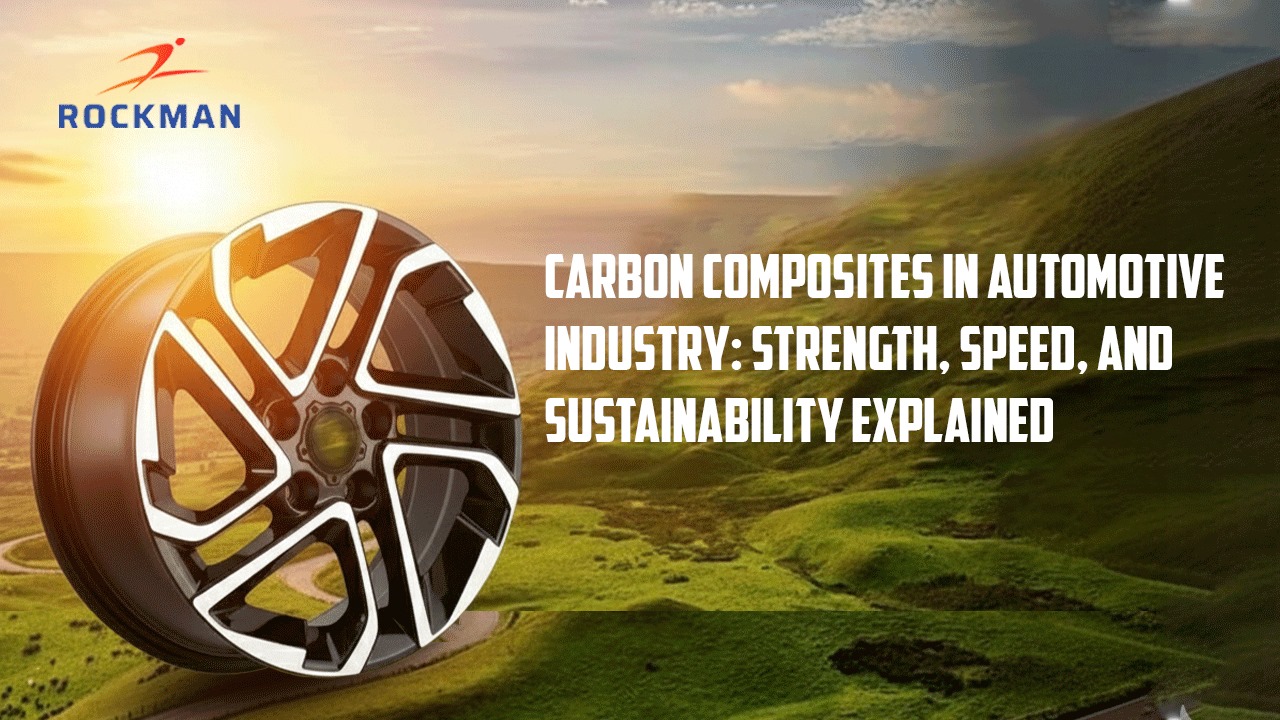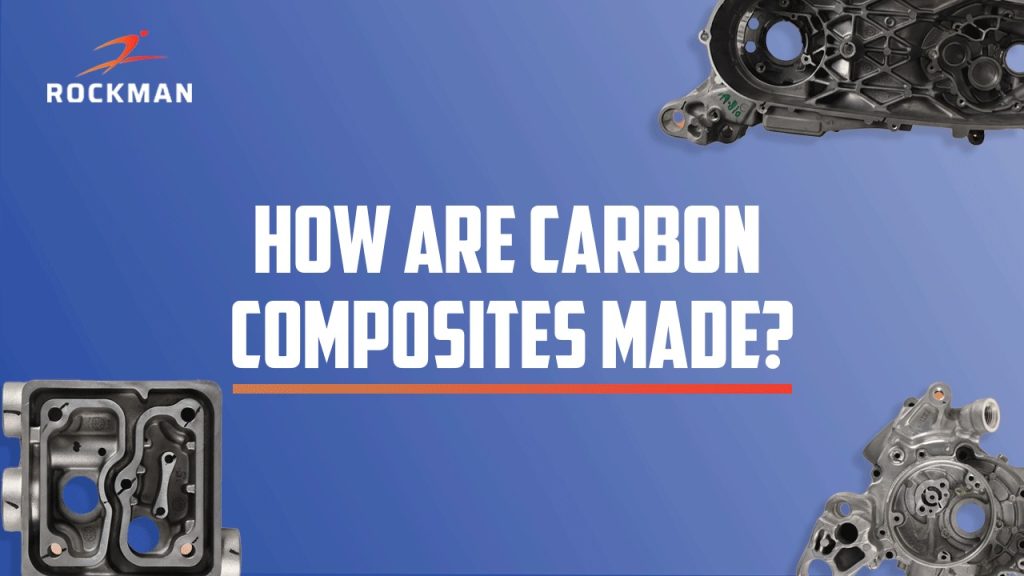
Think about the cars rolling off production lines today. They’re faster, lighter, and get better fuel economy than what we were driving a decade ago. Engines and batteries have improved, sure, but there’s another factor: the materials have changed.
Carbon composites are part of that change. You’ve probably heard about them in the context of supercars or professional racing bikes. But they’re not just for exotic machines anymore. These materials are appearing in everyday vehicles, the ones regular people actually buy and drive.
So what are carbon composites, and why are Indian automakers suddenly paying attention?
What Actually Are Carbon Composites?
The concept is simple. Take carbon fibres (extremely thin strands) and combine them with a binding agent. This is usually resin, though plastic or ceramic can work too. The carbon provides strength, while the binding material holds everything together.
The result? A material that’s incredibly strong relative to its weight. These are the composites that are being used, where car makers demand something strong, yet not heavy, like steel or even lighter than aluminium. That may be the roof and chassis details of a car, or even interior fittings.
Advantages Of Carbon Composites
Key reasons for carbon composite are popular:
1. It’s Super Light
One of the biggest reasons manufacturers like Rockman industries love carbon composites is that they weigh way less than steel, about 70% lighter. This makes a huge difference on fuel efficiency and, in the case of electric cars, for range. Lighter vehicles need less energy to move.
2. It’s Strong
Even though it’s light, carbon composite is stronger than steel in many ways. That means car frames and panels made from it can handle accidents or road stress better.
3. It Doesn’t Rust
Carbon fibre does not rust, unlike steel. This is good news in case you already reside in an environment with high levels of humidity or monsoon downpour, like most parts of India.
4. Cosmetic advantage
The aesthetic of carbon fibre is very popular; smooth, black, with a futuristic feel. It is also known to be applied in luxury models just to enhance the value of the cars.
5. Promotes sustainability
The lighter your car is, the lower the fuel or battery consumption will be. This automatically translates to a significant reduction in carbon emissions. However, this is not a silver bullet solution to a clean and sustainable automobile industry.
How Are Carbon Composites Made?

The process is a bit more complicated than stamping out metal parts, but here’s the general idea:
1. Producing Carbon Fibres
Polyacrylonitrile is the primary material used to make carbon fibres. Looking at their extremely fine composition (5 to 10 micron diameter), every fibre offers tremendously high tensile strength
2. Fibre Placement / Layup
The fibres are arranged in layers, often in woven fabrics or unidirectional sheets, depending on the mechanical properties required for the part.
3. Resin Infusion
A thermosetting resin (commonly epoxy) is introduced to bind the fibres together. This resin acts as the matrix that transfers loads between the fibres.
4. Curing in a Mould
The fibre–resin system is placed in a mould and cured under controlled heat and pressure (often in an autoclave). This step hardens the composite and gives it the final shape and strength.
Where Do You See Carbon Composites In Cars?
You’ll mostly find carbon fibre-reinforced composites in:
- Car hoods, roofs, and bumpers (especially in sports cars)
- Interior panels and dashboards
- Brake systems and suspension parts
- In EVs, parts of the battery casing or frame
While luxury brands such as BMW, McLaren, or Tesla have been working with carbon composites for some time now, even brands such as Maruti or Tata are already experimenting with carbon composites when it comes to an electric vehicle concept model.
What’s Happening In India?
Here’s where it gets interesting. A few years ago, carbon composites were mostly imported or used in niche industries. But now, Rockman, an automobile parts manufacturing company in India, is starting to explore local production and supply.
A Few Key Updates
India is investing in material science R&D through various auto and defence programs, which means more domestic capabilities are coming.
The bottom line: India is gearing up to become a serious player in carbon composite manufacturing for vehicles.
What’s The Catch?
Well, carbon composites still aren’t economical. The materials and the process both are costly compared to steel and require a specialised skillset and tools.
But here’s the thing—the prices are coming down, slowly but steadily. As demand increases and production scales up, bringing economies of scale, carbon composite parts will become more accessible even for mid-range vehicles.
The Importance Of It In The Future
As a consumer, an engineer, or simply someone interested in how mobility will evolve, carbon composites are a technology to keep an eye on. Smart, cleaner, and efficient cars are also on trend, and the auto industry in India is the epicentre of the trend
That is the tale of light weighting, electric vehicle range, and car material innovation, so the next time you hear an individual commenting on any of these sectors, you can be assured that they are referring to a carbon fibre that is driving cars of the future.
